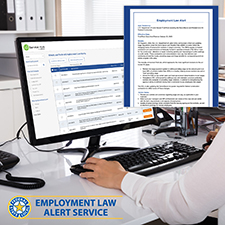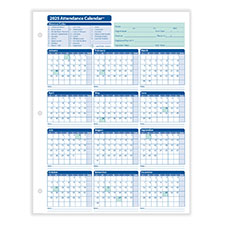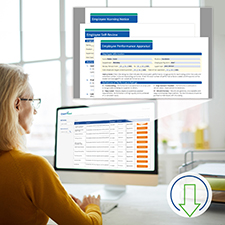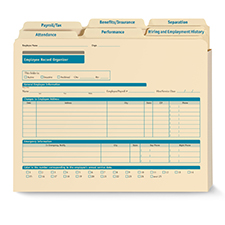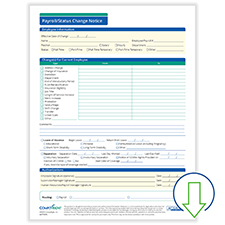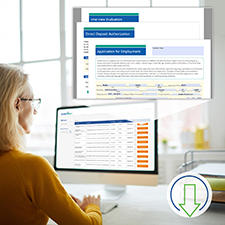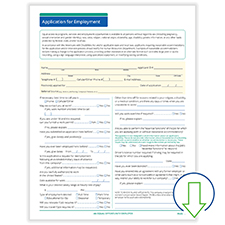
Exempt or non-exempt? That is the question.
To comply with the Fair Labor Standards Act (FLSA), you must designate each of your employees as one or the other.
There are specific FLSA guidelines to help you classify employees, but you may also have questions about how to handle certain time and pay issues under those classifications. For example: Are time-off requests treated differently for exempt vs. non-exempt employees?
Know the Differences and Who’s Affected
Non-exempt employees must be paid at least the applicable minimum wage, as well as overtime for any hours over 40 per week, while exempt employees are exempt from overtime pay and other FLSA requirements. Exempt employees may be paid on a salary basis that covers all hours worked. In order to qualify for an exemption, employees must meet the current minimum salary threshold and meet all of the requirements of a “job duties” test under the FLSA. Generally, exemptions fall into one of these categories, based on specific job duties tests:
- Executive
- Administrative
- Learned professional
- Creative professional
- Computer-related professional
- Highly compensated employees
- Outside sales employees
- Inside/commissioned sales employees
When it comes to time-off requests, are the above groups treated differently from hourly employees? The simple answer is no. But there is room for misinterpretation, especially on the exempt side of the equation.
Exempt employees may not be punching a clock, but that doesn’t mean they can take unaccounted time off whenever they want.
For non-exempt employees, it’s straightforward: They clock in and out, and are paid an hourly rate for time worked. If they work more than 40 hours, they are paid time and a half for the hours beyond. When it comes to time-off requests, it’s a matter of properly managing their time-off bank or PTO policy used by your company.
If non-exempt employees are allocated a yearly PTO bank, you need to make sure you subtract from the annual PTO bank for each time-off request. Having access to their PTO bank is, therefore, important. Once they have used all of their allotted PTO time, you can manage any additional requests as unpaid time off.
Consistency is Key
On the exempt side, depending on the employees’ positions, the time-off bank may vary. For example, high-level executive positions may have a larger bank of time compared to other employees. Managing that bank, however, is no different. When time-off is requested, the days are subtracted from the bank. The grey area, however, is managing unrequested time off.
Salaried employees don’t punch a clock, so there is more fluidity in their days. They may come in late or leave early, or take extended lunches or run errands. Many times, they’ll do this without notifying their supervisors.
You are certainly entitled to have different attendance rules for different positions. If abused or tolerated, however, this activity can be detrimental to morale, especially if both exempt and non-exempt employees share the same office space. Another issue is consistency. Some supervisors may allow exempt employees to come and go as they please, as long as work is completed on time, while other managers are very particular about time off requests.
It’s best for productivity — and profitability — to have specific policies for both exempt and non-exempt employees, and to have managers adhere to said policies uniformly. If you have exempt employees who abuse the policies and don’t consistently work the hours expected, you can require that they use their PTO for time missed. Address habitual abusers with a warning: If they continue to take unrequested time off, treat it as a progressive disciplinary matter. You may also deduct time from their accrued time-off bank, but do not deduct from their pay (the FLSA only allows payroll deductions from exempt/salaried workers under very limited circumstances).
Put Time on Your Side
How you track and manage time-off requests is up to you. Paper tracking presents a host of challenges, including the possibility of employee requests being documented inaccurately, or not at all, which equates to giving employees extra time off.
Time and Attendance Smart Apps by HRdirect reduce the risk of mismanaged requests, providing you and your employees with access to calendars and their accrued time off. By automating the process in a simple to use program, you will be more efficient in tracking requests for exempt and non-exempt employees.






 Shopping cart
Shopping cart